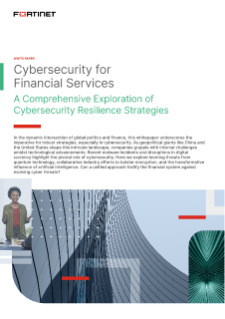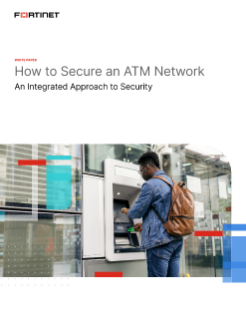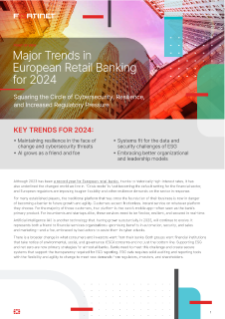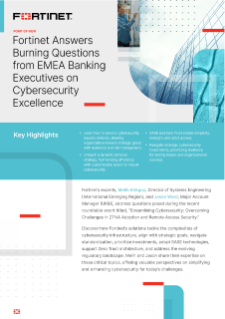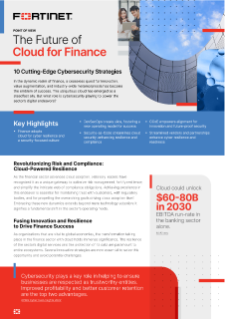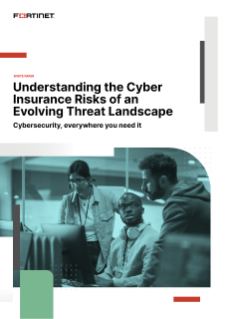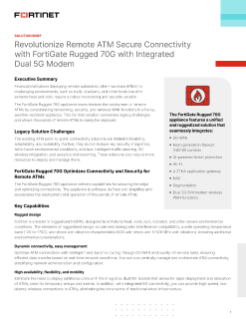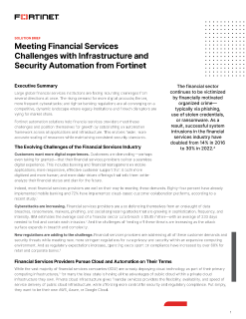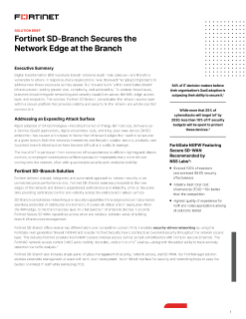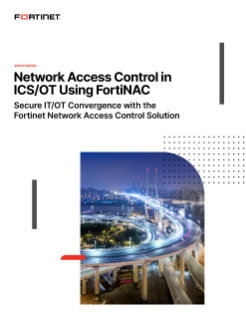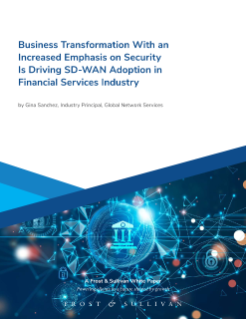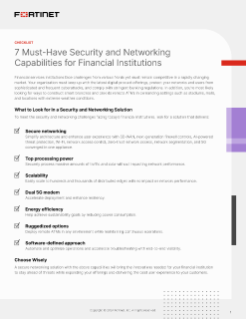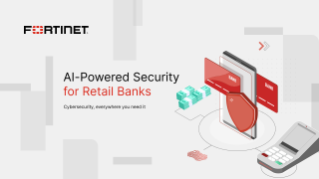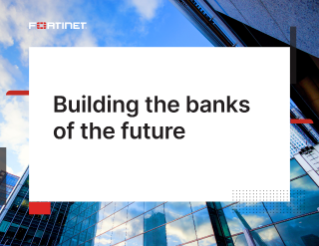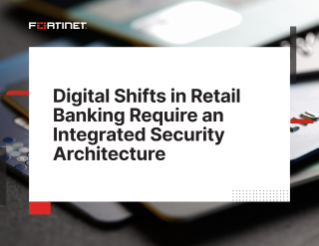
How Cybersecurity Solutions Are Reshaping the Financial Landscape »
In a rapidly evolving digital landscape, the financial sector demands not just security but transformation. As high-value targets, financial services institutions are continually being attacked, making it difficult to move from a reactive cybersecurity stance to a proactive one. The Fortinet Security Fabric provides an integrated cybersecurity mesh platform that covers all aspects of the business, from the trading floor, to the data center, to the branches, to the cloud. Join us on an exclusive journey as we unveil Fortinet's advanced cybersecurity solutions, empowering financial institutions across EMEA to thrive in the digital age.









